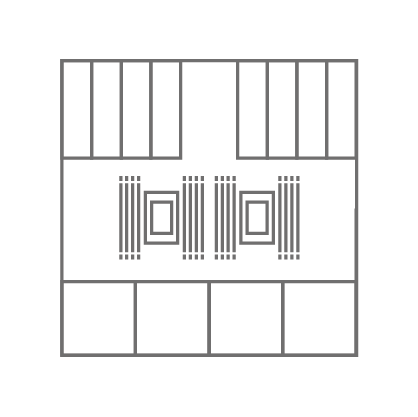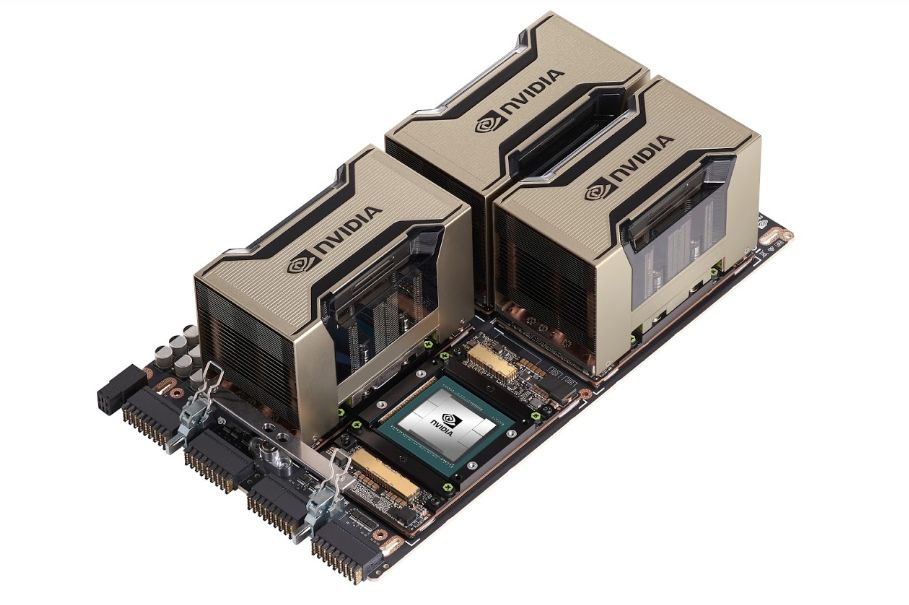Graphics Cards from AMD, Nividia and Gigabite
At the bottom of the page, you'll find some information that you should pay attention to when buying your graphics card.

Price on request
Price on request
Price on request
Price on request
Price on request
Price on request
Price on request
Price on request
Price on request
Price on request
Price on request
Price on request
Price on request
Price on request
Price on request
Price on request
Price on request
Price on request
Price on request
Price on request
Price on request
Price on request
Price on request
Price on request
Graphics cards - Important Background Information
What You Should Pay Attention to when Buying
The most important questions at a glance- Which graphics chip has been installed?
- How much memory is available?
- What is the clock rate of the GPU?
How did the GPU Come About?
A GPU, also called a graphics processor or graphics processing unit, performs mathematical calculations of data particularly quickly. Graphics-intensive programs, for example in research and development, have increasingly led to the impairment of the central processing unit (CPU) of a server in the past. Accordingly, GPU computing is now a standard for computationally intensive processes. While the CPU performs the traditional computing tasks, the GPU takes over the demanding tasks, thus relieving the actual processor. As a result, companies speed up their work processes and production workflows through better server performance.The Cores of the GPUs and Their Tasks
Modern GPUs break down the actual computing task into several subtasks and process them in parallel. For this purpose, they are equipped with a large number of cores: While CPUs usually have four to 64 cores, the latest GPUs have several thousand cores, which are also divided virtually. Thus, each core can fulfill several tasks.The rapid development of digitization and data processing would not have been possible without powerful GPUs. Whether in the field of medicine, material science, in production or research: engineers and technicians use the parallel working helpers in the servers for their immense calculations of data. As this amount of data to be processed becomes more, not less, in the future, the importance of GPUs increases accordingly.
The Role of GPUs in AI, Machine Learning and Deep Learning
To advance artificial intelligence, companies need to collect and analyze more and more data faster and faster. These highly computationally intensive tasks require powerful GPUs. With thousands of cores and parallel architecture, GPUs process smaller data sets in a matter of seconds instead of four to five minutes by a CPU. For particularly high volumes of data, such as Deep Learning, times are reduced from weeks to days. GPUs developed specifically for AI now manage a computing power of 100 tera floating point operations per second (teraFLOPS). Leading manufacturers are increasingly developing their own GPUs specifically for AI research.If you have any questions, our team of experts will be happy to help you - also when it comes to suitable additional components such as RAM, HDD, SSD or controllers.

